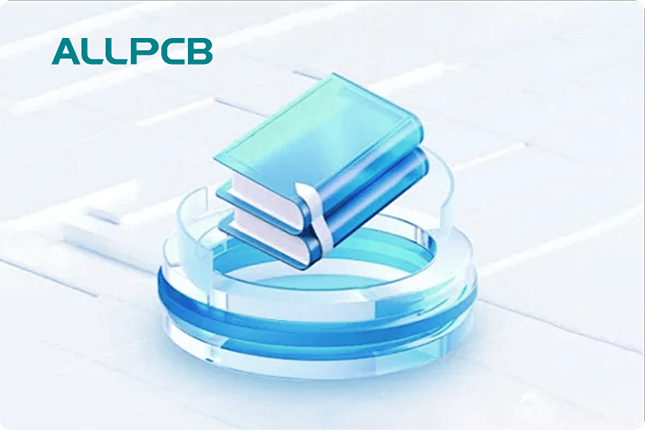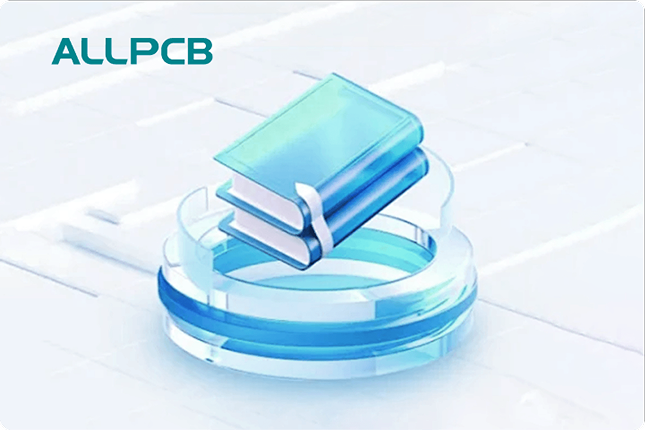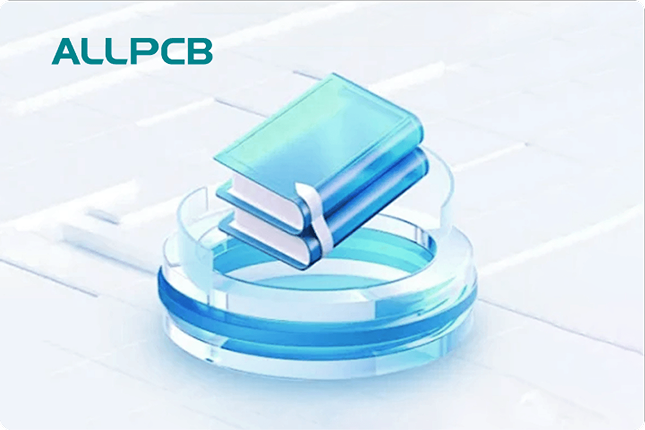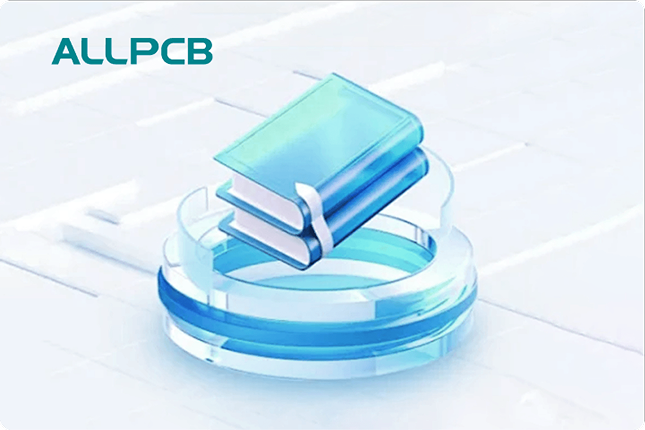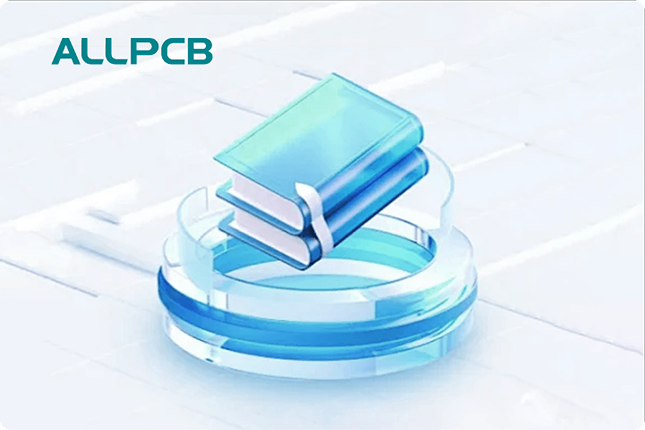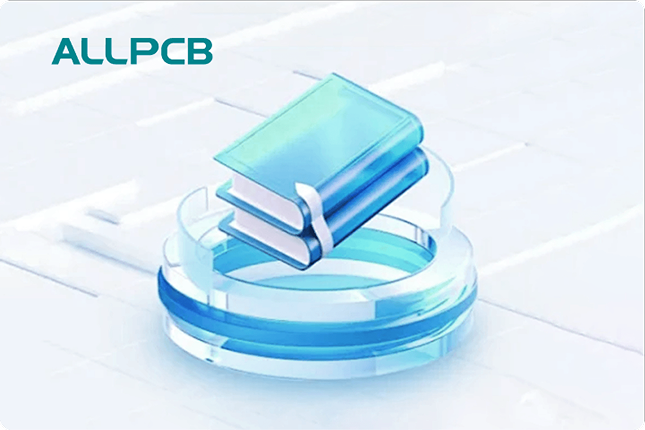In the fast-evolving world of automotive technology, infotainment systems have become a central feature in modern vehicles, offering drivers and passengers entertainment, navigation, and connectivity. But behind these sleek displays and smart interfaces are critical components like printed circuit boards (PCBs) made from advanced materials. If you're searching for the best PCB materials for automotive infotainment systems, including options like high-Tg PCB material for infotainment, ceramic PCB for automotive use, metal core PCB for infotainment, and flexible PCB for car displays, this guide is for you. We'll dive deep into these materials, their benefits, and why they are ideal for the demanding conditions of automotive applications.
At ALLPCB, we understand the importance of selecting the right materials to ensure reliability, performance, and safety in automotive electronics. In this blog, we’ll explore the unique properties of these advanced PCB materials, their specific applications in infotainment systems, and how they meet the challenges of the automotive environment.
Why Advanced PCB Materials Matter in Automotive Infotainment Systems
Automotive infotainment systems are more complex than ever, integrating touchscreens, voice recognition, wireless connectivity, and high-definition displays. These systems must operate flawlessly under harsh conditions like extreme temperatures, vibrations, and humidity. Standard PCB materials often fall short in these environments, leading to failures or reduced performance. That’s where advanced PCB materials come in, offering enhanced durability, thermal management, and electrical performance.
The right PCB material ensures signal integrity for high-speed data transfer (often exceeding 5 Gbps in modern systems), minimizes electromagnetic interference (EMI), and withstands temperatures ranging from -40°C to 85°C or higher. Let’s explore the top materials used in automotive infotainment systems and how they address these challenges.
High-Tg PCB Material for Infotainment: Durability Under Heat
High-Tg (glass transition temperature) PCB materials are designed to handle elevated temperatures without losing their structural integrity. In automotive infotainment systems, where components are often exposed to heat from enclosed spaces or direct sunlight, high-Tg materials are a game-changer. These materials have a Tg value typically above 170°C, compared to standard FR-4 materials with a Tg of around 130°C.
The primary benefit of high-Tg PCB material for infotainment is its resistance to thermal stress. For instance, during prolonged operation, an infotainment system’s processor can generate significant heat. High-Tg materials prevent warping or delamination of the PCB, ensuring consistent performance. They also offer better reliability for multilayer boards, which are common in complex infotainment setups handling multiple functions like GPS, Bluetooth, and audio processing.
Additionally, high-Tg materials provide improved impedance control, critical for high-speed signal transmission. With impedance values often maintained within ±10% tolerance, these materials ensure minimal signal loss, which is vital for seamless streaming or real-time navigation updates in infotainment systems.
Ceramic PCB for Automotive: Superior Thermal and Electrical Performance
Ceramic PCB for automotive applications is another advanced material gaining traction in infotainment systems. Unlike traditional FR-4 boards, ceramic PCBs use substrates like alumina (Al2O3) or aluminum nitride (AlN), which offer exceptional thermal conductivity—up to 170 W/m·K for AlN compared to just 0.3 W/m·K for FR-4. This makes them ideal for managing heat in high-power components of infotainment systems, such as LED backlighting for displays or power amplifiers for audio.
Beyond thermal management, ceramic PCBs provide excellent electrical insulation and low dielectric loss, ensuring high-frequency signals (often above 1 GHz) remain clear and undistorted. This is crucial for infotainment features like satellite radio or 5G connectivity. Their rigidity also makes them resistant to vibrations, a common challenge in automotive environments where road conditions can stress electronic components.
While ceramic PCBs are more expensive, their ability to extend the lifespan of infotainment systems under extreme conditions makes them a worthwhile investment for premium vehicles or systems requiring high reliability.
Metal Core PCB for Infotainment: Optimal Heat Dissipation
Metal core PCB for infotainment systems is a popular choice when heat dissipation is a top priority. These PCBs feature a metal base layer, usually aluminum or copper, which acts as a heat sink to draw thermal energy away from critical components. With thermal conductivity values ranging from 1 to 4 W/m·K for aluminum core PCBs, they outperform standard materials by a wide margin.
In automotive infotainment, metal core PCBs are often used in display drivers and power management circuits, where overheating can lead to screen flickering or system shutdowns. For example, a high-resolution touchscreen display running at full brightness can generate significant heat. A metal core PCB ensures this heat is dissipated efficiently, maintaining performance and preventing damage.
Another advantage is their ability to reduce the need for additional cooling components, saving space and weight in the compact designs of modern vehicle dashboards. This makes metal core PCBs a cost-effective solution for managing thermal challenges without compromising on reliability.
Flexible PCB for Car Displays: Adapting to Modern Designs
Flexible PCB for car displays is revolutionizing the way infotainment systems are integrated into vehicle interiors. Unlike rigid PCBs, flexible PCBs are made from polyimide or other pliable materials, allowing them to bend and conform to curved or irregular surfaces. This flexibility is essential for modern car designs, where infotainment displays often wrap around dashboards or integrate into unconventional spaces.
One key benefit of flexible PCBs is their lightweight nature, which helps reduce the overall weight of the vehicle—a critical factor for electric and hybrid cars aiming for energy efficiency. They also support high-density interconnections, enabling compact designs without sacrificing functionality. For instance, a flexible PCB can handle the complex wiring of a foldable or rollable display with minimal signal loss, supporting data rates up to 10 Gbps in advanced systems.
Additionally, flexible PCBs are highly resistant to vibrations and shocks, making them ideal for automotive environments. Their ability to withstand repeated bending (often up to 100,000 cycles) ensures long-term reliability in dynamic applications like adjustable displays or touch panels.
Comparing Advanced PCB Materials: Which Is Right for Your Infotainment System?
Choosing the right PCB material for an automotive infotainment system depends on the specific requirements of the application. Here’s a quick comparison to help guide your decision:
- High-Tg PCB Material for Infotainment: Best for high-temperature environments and multilayer designs. Ideal for complex systems with moderate heat dissipation needs.
- Ceramic PCB for Automotive: Perfect for high-power components and high-frequency signals. Suited for premium systems where cost is less of a concern.
- Metal Core PCB for Infotainment: Excellent for heat dissipation in compact designs. A cost-effective choice for display drivers and power circuits.
- Flexible PCB for Car Displays: Essential for curved or dynamic displays. Offers design freedom and vibration resistance.
By understanding the strengths of each material, engineers can select the best option to balance performance, cost, and design constraints. For instance, a luxury vehicle with a curved OLED display might combine flexible PCBs for the screen and ceramic PCBs for the high-frequency connectivity module.
Challenges of Using Advanced PCB Materials in Automotive Infotainment
While advanced PCB materials offer significant benefits, they also come with challenges. High-Tg and ceramic materials can be more expensive and harder to process, requiring specialized manufacturing techniques. Metal core PCBs, while effective for heat dissipation, may add weight compared to standard materials, which can be a drawback in weight-sensitive applications. Flexible PCBs, though versatile, often have lower thermal conductivity, necessitating additional cooling solutions in high-heat scenarios.
Despite these challenges, advancements in material science and manufacturing processes are making these materials more accessible. At ALLPCB, we’re committed to providing solutions that overcome these hurdles, offering high-quality boards tailored to the unique needs of automotive infotainment systems.
Future Trends in PCB Materials for Automotive Infotainment
The automotive industry is moving toward greater connectivity and automation, with infotainment systems playing a pivotal role. Future PCB materials will likely focus on even higher thermal resistance, with Tg values exceeding 200°C for high-Tg options. Ceramic materials may see wider adoption as costs decrease, while flexible PCBs could become standard for next-generation displays with foldable or transparent features.
Another trend is the integration of eco-friendly materials to meet sustainability goals. Biodegradable substrates and lead-free soldering are gaining attention, aligning with global efforts to reduce environmental impact. As data speeds increase with 5G and beyond, materials with lower dielectric constants (below 3.0) will be critical to minimize signal loss in infotainment systems.
How ALLPCB Supports Automotive Infotainment with Advanced Materials
At ALLPCB, we specialize in delivering cutting-edge PCB solutions for automotive applications, including infotainment systems. Our expertise in high-Tg, ceramic, metal core, and flexible PCBs ensures that your designs meet the rigorous demands of the automotive environment. We provide comprehensive services, from material selection to prototyping and production, helping you bring innovative infotainment systems to market faster.
Our manufacturing processes adhere to strict quality standards, ensuring that every board offers reliable performance under extreme conditions. Whether you need a flexible PCB for a curved car display or a ceramic PCB for high-frequency connectivity, we’re here to support your project with tailored solutions.
Conclusion: Building Better Infotainment Systems with Advanced PCB Materials
Automotive infotainment systems are at the heart of the modern driving experience, and advanced PCB materials are the foundation of their reliability and performance. High-Tg PCB material for infotainment ensures durability under heat, ceramic PCB for automotive applications offers superior thermal and electrical properties, metal core PCB for infotainment excels in heat dissipation, and flexible PCB for car displays enables innovative designs. By choosing the right material, engineers can create systems that withstand the challenges of the road while delivering cutting-edge features to users.
At ALLPCB, we’re dedicated to helping you navigate the complexities of PCB material selection and manufacturing. With our expertise and commitment to quality, you can trust us to provide the solutions you need for next-generation automotive infotainment systems. Explore our range of advanced materials and see how we can support your projects today.
 ALLPCB
ALLPCB


